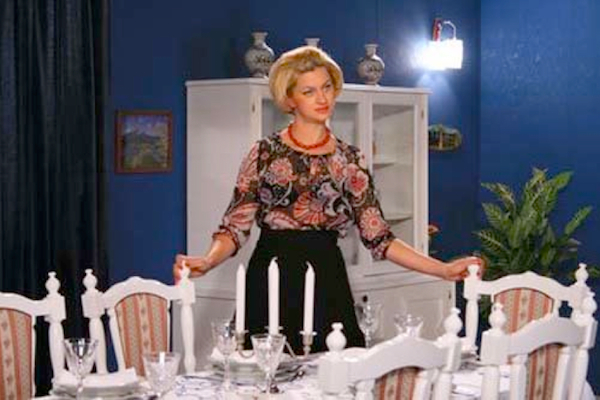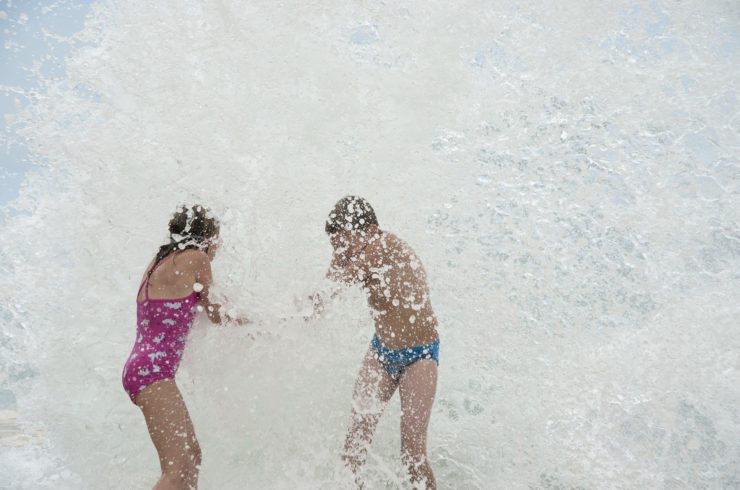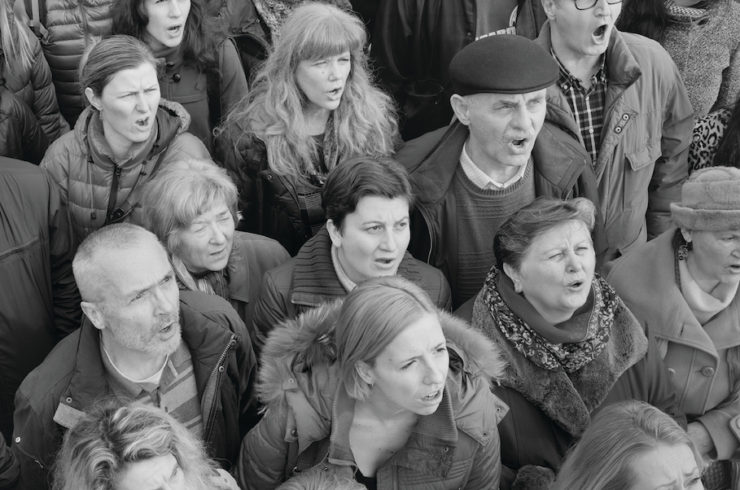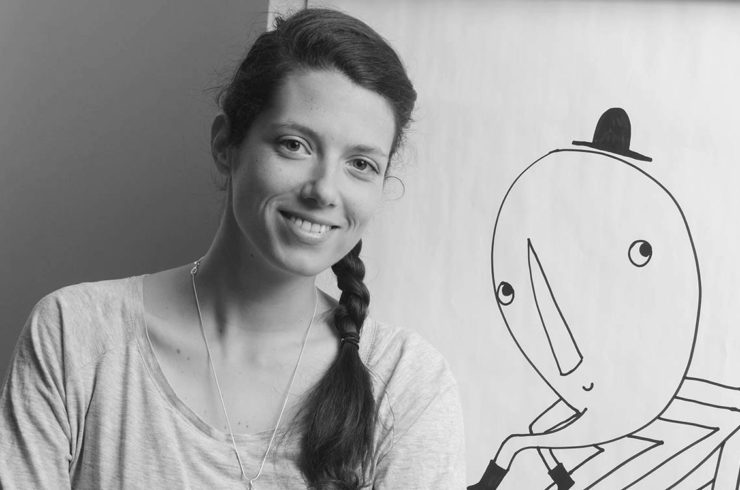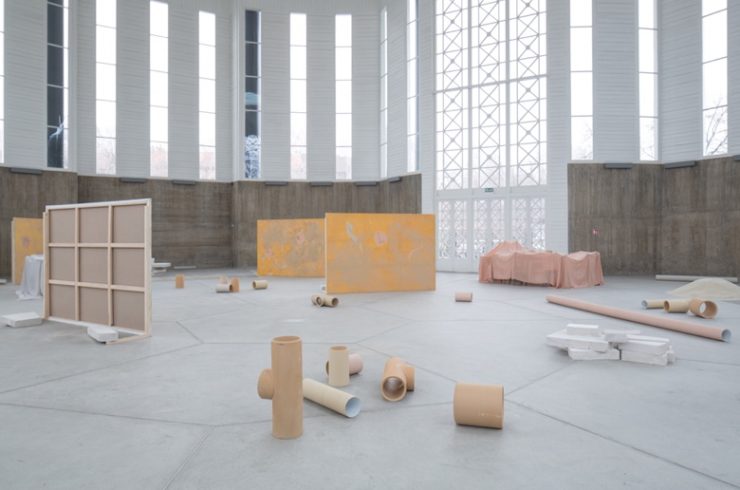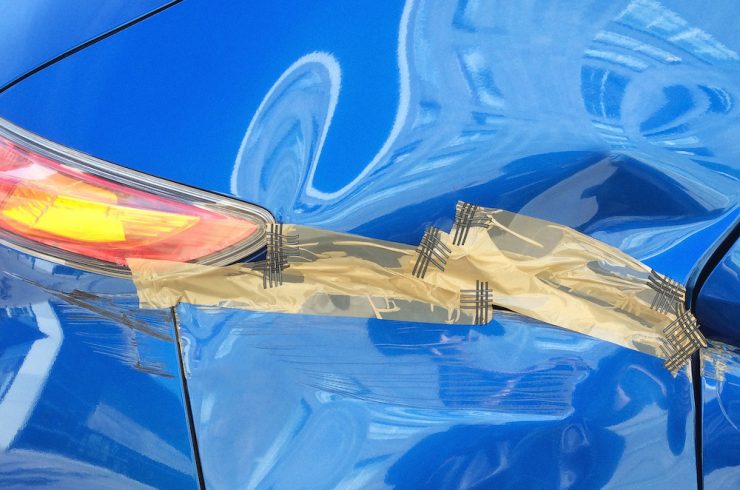Film
Film and the scripted world: multimedia artist Ana Hušman
For multimedia artist and filmmaker Ana Hušman, socially constructed interactions are a constant source of fascination and creative inspiration, and film is the perfect media to examine these scripted behaviors. As a student at the Academy of Fine Arts in Zagreb, she studied visual communications under Ivan Ladislav Galeta, a pioneer of video art in Croatia. It was through his lectures that she became familiar with experimental film. “He was really open and invited other professors to come and teach us, such as Petar Dabac, Kristina Leko, Goran Trbuljak, and Nicole Hewitt,” remembers Hušman.
She began to work with Hewitt on the stop-motion animation In/Dividu (1999), leading her to focus on film. “Before, I used film as a part of exhibitions or of different projects, and I ended up doing single-channel films. It is the medium that involves [everything] that you know. It is the best media for the way I think about space and time. With film, I can deal with all of the things I am interested in.”
Although film is now Hušman’s medium of choice, she often works simultaneously on smaller side projects. “It’s the way I do research. The way I process things,” she explains, adding that she never knows the entire concept for a film from the beginning. Working on other projects such as installations or performances helps her to experiment with various possibilities and solutions. “For instance, you can write ‘I live in Zagreb,’ and it’s totally different when you read that sentence aloud,” says Hušman, whose interest in “the vocal possibilities of the body” appears in her films as carefully orchestrated narration.
Among Hušman’s more well-known films are The Market (2006), which focuses on the daily tradition of shopping at Dolac, Zagreb’s most famous outdoor marketplace, and Lunch (2008), a meditation on the etiquette of hosting, eating communal meals, and playing social roles. In both, stop motion animation is a significant feature. “It’s a certain kind of zen,” Hušman admits. “You move the object for 10-16 hours, you go home, and then you do it again. And you do that for months.” Hušman emphasizes, though, that she needs a reason to use animation, considering it functional rather than stylistic. In The Market, for example, animation recreates the repetitive actions that the vendors perform every day, while in Lunch, the stop-motion segments symbolize the unseen, unpaid work that women do.
With Hušman’s most recent film, Postcards (2013), stop motion is absent, as is the focus on the role of women, another recurring motif in her work. Here, the emphasis is on the dialogue taken from a Croatian language textbook – for Hušman, another source for rules and scripted interactions, this time carrying overtones of national identity and the power of language.
“I really loved these textbooks. I look at them like a script: you [are given] a situation and you have to film it,” reflects Hušman. “This [textbook] was written in ‘68 for Croatian diaspora and has been published 12 times since then. When you go through the text, it’s kind of scary in a way. All this cleanness, pureness – and it’s embedded in this really basic language. It is skillfully hidden. For example, ‘The city of Zagreb is very clean. Some cities are not so clean. London for example.’ The author is very aware of the message being distributed, but as readers we are not always aware of the hidden message.”
Hušman worked with professional and amateur actors to give voice to the dialogue and act out the conversations as one might do in an actual language class. Performing the dialogue as if it were representative of typical interactions in daily life emphasizes the absurdity of the text. “The whole structure of these dialogues is falling apart,” observes Hušman. “It makes sense when you read it, but when you try to stage it, it just falls apart.”
To break up the rhythm of these exchanges (and add a little comic relief, she says), Hušman interspersed footage of a band dressed up plant and animal costumes performing music relating to the dialogues – a song from the opera Nikola Šubić Zrinski, a popular chanson, and a reimagined version of the Croatian national anthem – throughout the film. The costumes are inspired by the flora and fauna pictured on the the coat of arms and currency of Croatia: leopard, goat, marten, olive tree, bear, tuna, corn, and tobacco. A surreal, disparate bunch, the band not only adds to the absurdity of the scripted conversations, it also questions national identity and patriotism by taking symbols of national history and pride out of context.
Asked where she sees her work going from here, Hušman chuckles. “I have recently become interested in soap operas, telenovelas, operas, and musicals. I have also been watching a lot of Jacques Demy. What I am interested in,” she explains, “is when you have a situation and the first image – usually a cliche – to describe that. For example, a girl sitting on her bed with a box of tissues, crying after her boyfriend breaks up with her, and 5 or 6 images of them together run through her head … [I’d like] to combine that with the musical [approach] and explore how words can be pronounced in different way.”
What Hušman has in mind, it seems, is a synthesis of the subjects and devices that most interest her: the incorporation of voice, the visualization of cultural cliches and everyday behaviors, the filmic possibilities presented by dialogue and scripts, and perhaps even an opportunity for animation. To see what she creates next, keep up with Hušman on Vimeo.
